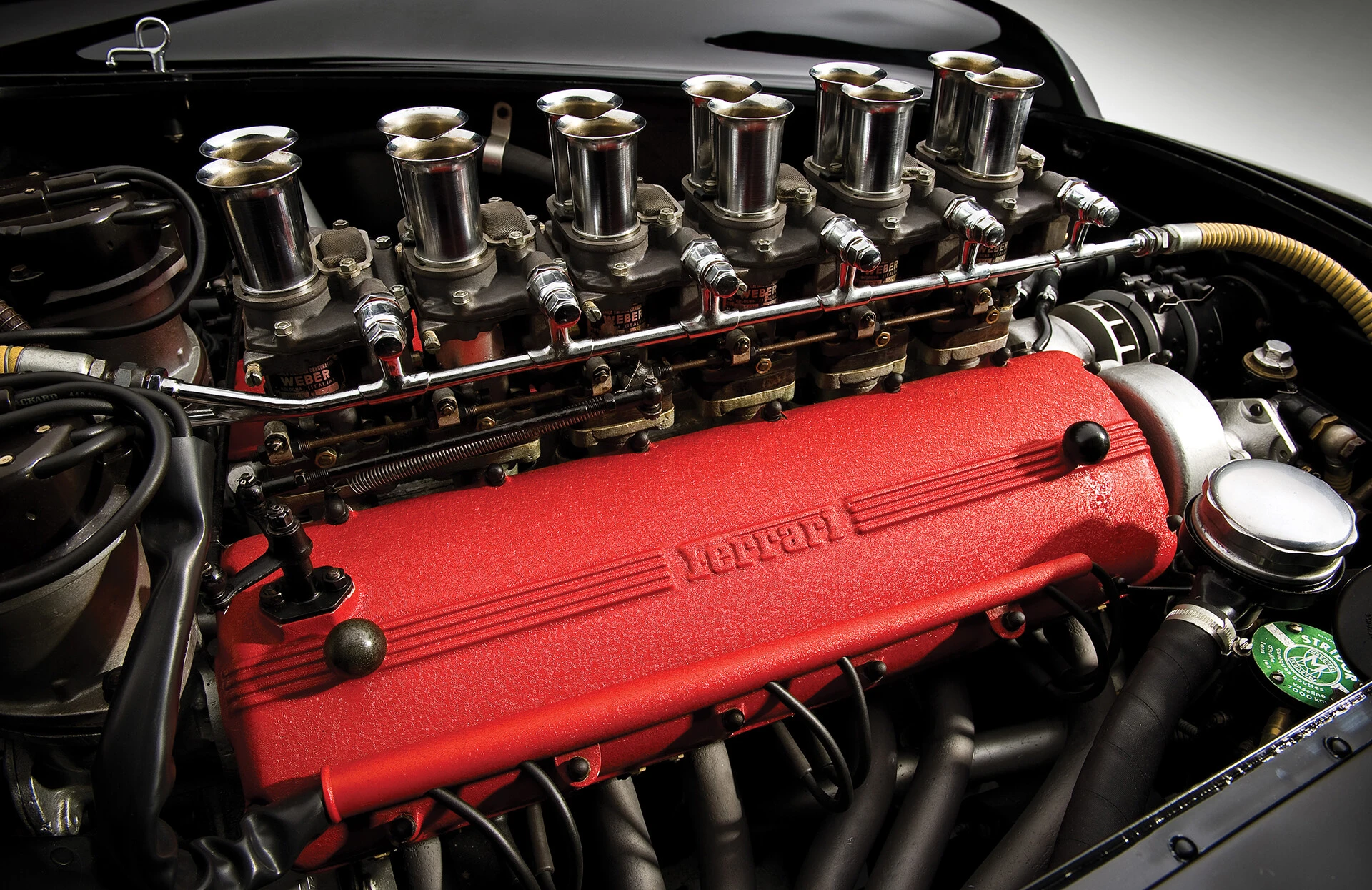All the Secrets of "Technology Marketing" That Made Ferrari a Myth
14 September 2024 5 min read 4 images

Photo credit: Ferrari, RM Sotheby’s, Wheelsage
Myth or Marketing? Enzo Ferrari, born a driver and later the most famous car manufacturer in the world, made his company the "factory of the myth" from the very beginning. Consider this: in 1947, in a world just emerging from a devastating war, Enzo Ferrari created his first car with a V12 engine. To be precise, an extraordinary choice, as the engine was only 1500cc. Just two years later, that same engine, mounted on the small and elegant “barchetta” 166MM and increased to 1995cc, led the young Ferrari to victory in the most prestigious race in the world: the 24 Hours of Le Mans. The myth grew quickly, and the story is well-known. However, it’s intriguing to consider whether the tough, visionary, and courageous Enzo Ferrari was already implementing a precise marketing strategy focused on racing, its visibility, and its potential to develop new technologies. Perhaps Enzo didn’t know the term "Marketing", but he remains a master of it.
Register to unlock this article
Signing up is free and gives you access to hundreds of articles and additional benefits. See what’s included in your free membership. See what's included in your free membership.
Already have an account? Log In


